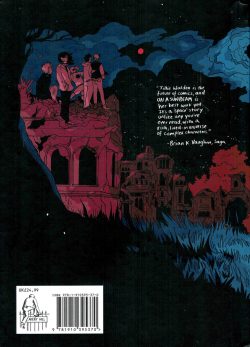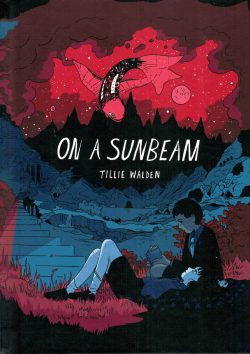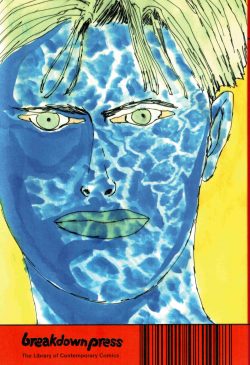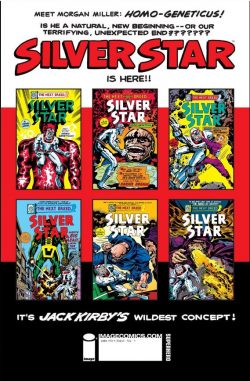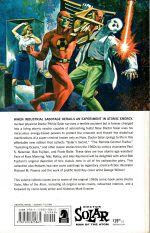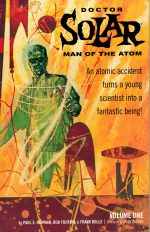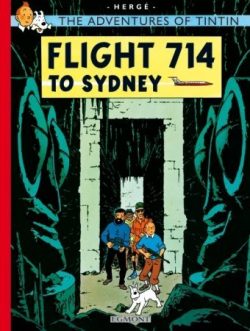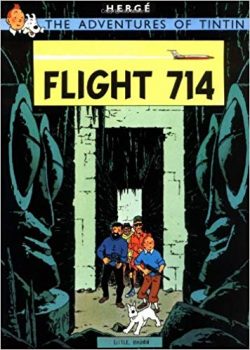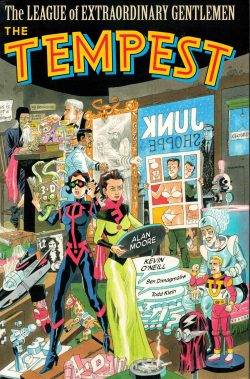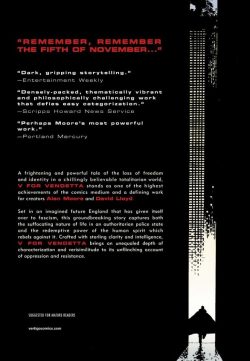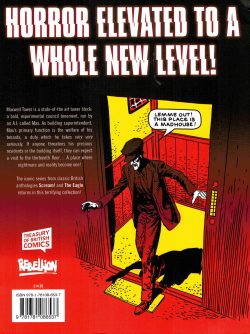
By Alan Fennel, G. Wood and H.J. Cauldwell (Wm. Collins and Sons)
No ISBN:
For its entire existence British Comics have tapped into and exploited other entertainment icons such as stage, film and radio stars. As television became commonplace in the 1950s and exploded during the late 1960s – especially in the range and variety of children’s shows and cartoons – those programmes increasingly became a staple source for cheap weeklies but especially the Seasonal Annual market, not just for celebrities such as Arthur Askey or Abbott & Costello but increasingly the shows themselves: adding extra episodes to little aficionados’ finite canon.
Moreover, in an era before home recordings of any sort, these were exploits that could be enjoyed over and over again…
During that critical developmental period, Gerry Anderson’s innovative and increasingly high-tech puppet-show dramas revolutionised kids’ TV, and their comics tie-ins did exactly the same for our pictorial reading habits.
TV Century 21 (the unwieldy “Century†was eventually dropped) was patterned on a newspaper – albeit from 100 years into the future – and this shared conceit carried the avid readers into a multimedia wonderland as television and reading matter fed off each other. The incredible graphic adventures were supplemented with stills taken from the TV shows (and later, films), and a plenitude of photos also graced the text features and fillers which added to the unity of one of the industry’s first “Shared Universe†products,
Number #1 launched on January 23rd 1965, instantly capturing the hearts and minds of millions of children, and further proving to our comics editors the unfailingly profitable relationship between television shows and healthy sales.
Filled with high quality art and features, printed in gleaming photogravure, TV21 featured previous shows in strips such as Fireball XL5, Supercar and Stingray to supplement currently airing big draw Thunderbirds. In a bizarre attempt to be topical, the allegorically Soviet state of Bereznik constantly plotted against the World Government (for which read “The Westâ€) in a futuristic Cold War to augment the aliens, aquatic civilisations and common crooks and disasters that threatened the general well-being of the populace. Even the BBC’s TV “tomorrows†were represented by a full-colour strip starring The Daleks.
Before all that, however, there were far simpler and more inclusive epics for kids at Christmas from the Anderson stable: such as this charming tome, credited to future Anderson staff writer Alan Fennel with cartoon art, strips, puzzles and illustrations by G. Wood and H. J. Cauldwell.
Supercar was Anderson’s (in conjunction with designer Reg Hill and scriptwriters Hugh and Martin Woodhouse) second marionette series, following on from comedy western Four-Feather Falls. Soundly science fictional, it was the first to be internationally syndicated and detailed the exploits of a futuristic flying car, as piloted by dashing test pilot Mike Mercury. His adventure prone entourage included batty boffins Professor Rudolph Popkiss and Dr. Horatio Beaker – who invented and built the mechanical beast – as well as boy sidekick Jimmy Gibson and his mischievous pet Mitch who was a monkey…
Located in a desert base at Black Rock, Nevada, the team had daring adventures all over the world (seen in the 39 episodes recorded between 1961-1962), and frequently faced wicked enemy agent Masterspy and his henchman Zarrin.
Broadcasts began in January 1962 and were eagerly awaited by millions of fans who found solace when the show closed by buying TV Comic for further exploits.
There were three annuals released, of which this is the last, offering an unconventional experience since all the strips and prose adventures comprise one large complete saga.
Following an enthralling painted double-page frontispiece of the wonder vehicle at the bottom of the sea, the action opens with Cauldwell’s full-colour strip ‘Killer Whale’ as the action-ready team save ocean-going scientist Doctor Bombay from one of his own maddened experiments. In the aftermath, they learn the savant has been recently been restored to his previous role as Maharajah of Subahn and agree to escort him home to take up the reins of power…
Before they can set off, however, a fresh emergency occurs, and Supercar is needed to fix a sabotaged trestle in Wood’s 2-colour strip ‘Bridge of Danger’ and their base is plundered of secrets in prose mystery yarn ‘The Workshop Robbery’. Thankfully, Mike is as adept at crimefighting and counterespionage as he is at flying…
Following puzzle page ‘World Flight’, monochrome strip ‘Close-Up on Danger’ finally sees the journey to Subahn begin, but during a stopover in London deposed former dictator Randah Singh deploys a hired assassin to kill Bombay in front of a live studio audience…
Plot foiled, the voyagers resume their flight, leaving us to enjoy a puzzle-maze in ‘S-O-S’ before a flashback prose tale details how Beaker and Popkiss discovered ‘The Treasure of Mesa Verde’ despite the larcenous efforts of Masterspy and Zarrin…
Another full-colour section begins with activity pages ‘What is Wrong with this Picture?’ and ‘Memory Game: Exploring Space’, before ‘Sahara Inferno’ finds Supercar diverted again to help extinguish a blazing natural gas well. General knowledge teaser ‘Nevada Quiz’ then segues into a new restricted colour section foe Wood’s ‘Kidnapped’ wherein Randah Singh hires Masterspy and Zarrin to ensure Maharajah Bombay never takes up his throne…
Rebus page ‘The Lost Diplomatic Plane’ leads to another prose flashback for ‘Mission to Destroy’; revealing how Supercar was instrumental in eradicating an illegal weapons cache in Malaya, after which a return to the present sees Bombay’s triumphal accession procession interrupted by the ‘Eruption!’ of the local volcano…
Memories evoked, a prose tale follows of a time in Switzerland when a souped-up mechanical doll triggered ‘The Avalanche’ before the extended saga concludes in full-colour with ‘The Triumphant Procession’ as Randah Singh plays his last murderous ace…
Blending charm with action and exoticism with big laughs, this is a splendid example of simpler times and all-ages storytelling that no nostalgia-afflicted baby boomer could possibly resist.
© 1963, A.P. FILMS and A.T.V. Ltd. All rights reserved.


